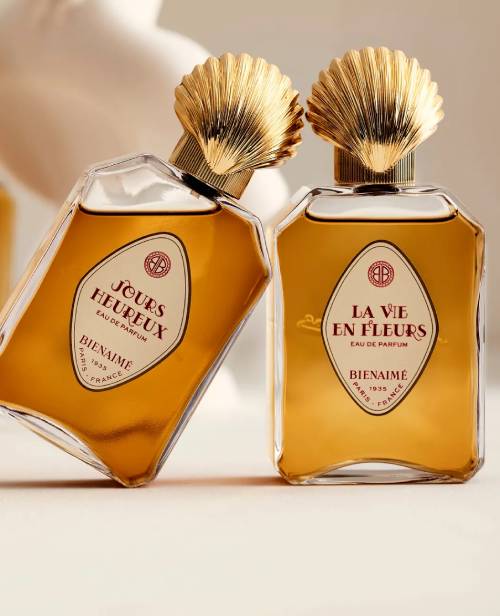 The Cherigan Paris 1929 fragrance brand was discovered by Luc Gabriel in 2016, 87 years after its launch and more than a half century after its demise. The name cheri, French for darling, and gant, French for glove, intrigued him. Cherigan was part of the Art Deco period, which Gabriel adores.
The Cherigan Paris 1929 fragrance brand was discovered by Luc Gabriel in 2016, 87 years after its launch and more than a half century after its demise. The name cheri, French for darling, and gant, French for glove, intrigued him. Cherigan was part of the Art Deco period, which Gabriel adores.
As the executive learned, the brand had created iconic perfumes such as Chance, Parisienne, Bleu Impérial and Fleurs de Tabac. It owned a store on Paris’ Champs-Élysées. In the U.S., Australia, and France, Gabriel found some vintage Cherigan bottles and sampled their scents.
In faraway lands such as Cuba and the U.S., Cherigan was highly regarded by jetsetters. The label went under in the 1960s, so Gabriel purchased the rights from various people before relaunching it in 2022.
It’s spreading to other domains. Beauty brands with a sense of place and history are becoming increasingly popular. Ditto for make-believe heritage brands emitting a true identity.
Investors have taken note of the trend. Take, for instance, the 3.5 billion euros Kering reportedly paid in late June to acquire Creed, the British fragrance maker that’s the oldest surviving fragrance label, dating from 1760.
Niche fragrance brands are a sweet spot in the perfume industry, as consumers today are on a quest for olfactive individuality. It is tricky for strategics to build brands from scratch, and so they acquire them..
